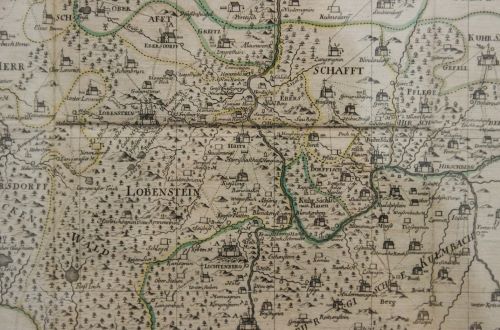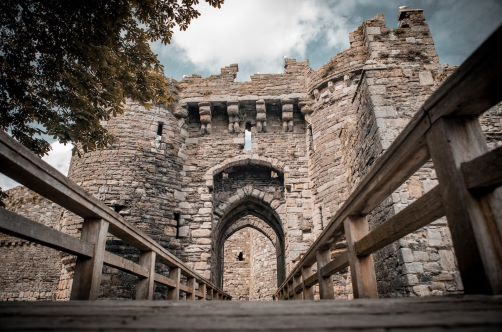

Trade has been a vital part of civilizations for thousands of years, and it was no different during the Middle Ages. While the idea of a global economy may seem like a modern concept, it is surprising to learn that medieval trade routes were thriving during the time.
The medieval period saw an explosion of trade across Europe, the Middle East, Africa, and Asia, and the key to these networks was the exchange of goods that were integral to the everyday lives of people. So what allowed trading to develop into such technological advantages as the ones described in the eaconomy review that we can see today? This article will delve into the intricacies of trading across the world in the Middle Ages.
Origin of Trade Routes
Trade routes were established during the Middle Ages primarily due to the fact that different regions specialized in the production of specific goods. For instance, the Mediterranean region was known for its textile industry, while the Far East produced porcelain and spices. As the demand for these goods grew, traders set out on journeys that spanned continents and across treacherous terrains to meet the demands of the market.
One of the earliest trade routes that emerged was the Silk Road, which connected China to Europe. The route was pivotal to the exchange of valuable commodities such as silk, tea, spices, jade, and ivory. The road was named so because silk was the primary commodity that was traded along the route.
The Islamic world played a critical role in trade during the Middle Ages. The region, which spanned from Spain to India, enjoyed extensive influence on the economics of the medieval world. The Muslim merchant class was well-versed in trade laws and finance, which made them key players in the trade networks that emerged during the era.
Products that Were Traded
The Middle Ages saw the exchange of a wide variety of goods, ranging from luxury items to everyday products. Some of the most valuable goods that were traded included spices, silk, gold, perfumes, and jewelry. Spices were particularly valuable as they could be used to preserve food, which was crucial in an era that did not have modern-day refrigeration technology. In addition to valuable commodities, everyday goods such as textiles, grains, local produce, and necessities such as salt and iron were also traded across the world. The demand for these goods was high, and this led to the establishment of new trade routes.

Trading Centers
The Middle Ages saw the emergence of trading centers that were vital for the exchange of goods. One of the most famous trading centers during the period was Constantinople. The city was strategically located at the crossroads of trade routes, which made it a central hub for the transfer of goods between Europe and Asia.
Venice became another important trading center thanks to its strategic location at the center of the Mediterranean. The city relied heavily on its shipping fleet to trade with other parts of the world, and it became known as a hub for luxury goods.
Trading Protecting Bodies
Trading parties faced numerous risks during the Middle Ages. The risk of attacks by highwaymen, pirates, and other predatory groups was high, and every precaution had to be taken to ensure that goods were not lost.
To address this challenge, trading companies formed alliances to offer protection to their members. The most famous of these organizations was the Hanseatic League, which was a confederation of merchants that dominated trade in Northern Europe from the 12th to 15th centuries. The organization was known for its strict laws and high standards of trading, which ensured that the goods traded were of high quality.
Exchange of Ideas and Religion
Trade during the Middle Ages was not just limited to the exchange of goods. The exchange of ideas, technology, and religion also took place, and this helped bring different cultures together.
For instance, while on their journeys, traders were exposed to different ideas and beliefs. They saw new methods of farming, new inventions, and ideas. This helped to spread knowledge and innovation throughout the world.
In conclusion, trade was an integral part of the Medieval world. The emergence of trade routes facilitated the exchange of goods that greatly influenced the lives of people across the world. The Silk Road, Islamic routes, and trade routes from Europe were all essential to the exchange of goods between different regions. In addition to this, trading centers such as Constantinople and Venice offered critical hubs for the exchange of goods. The Middle Ages was a period of remarkable trade, and the lessons learned during this time have greatly influenced the world today.


